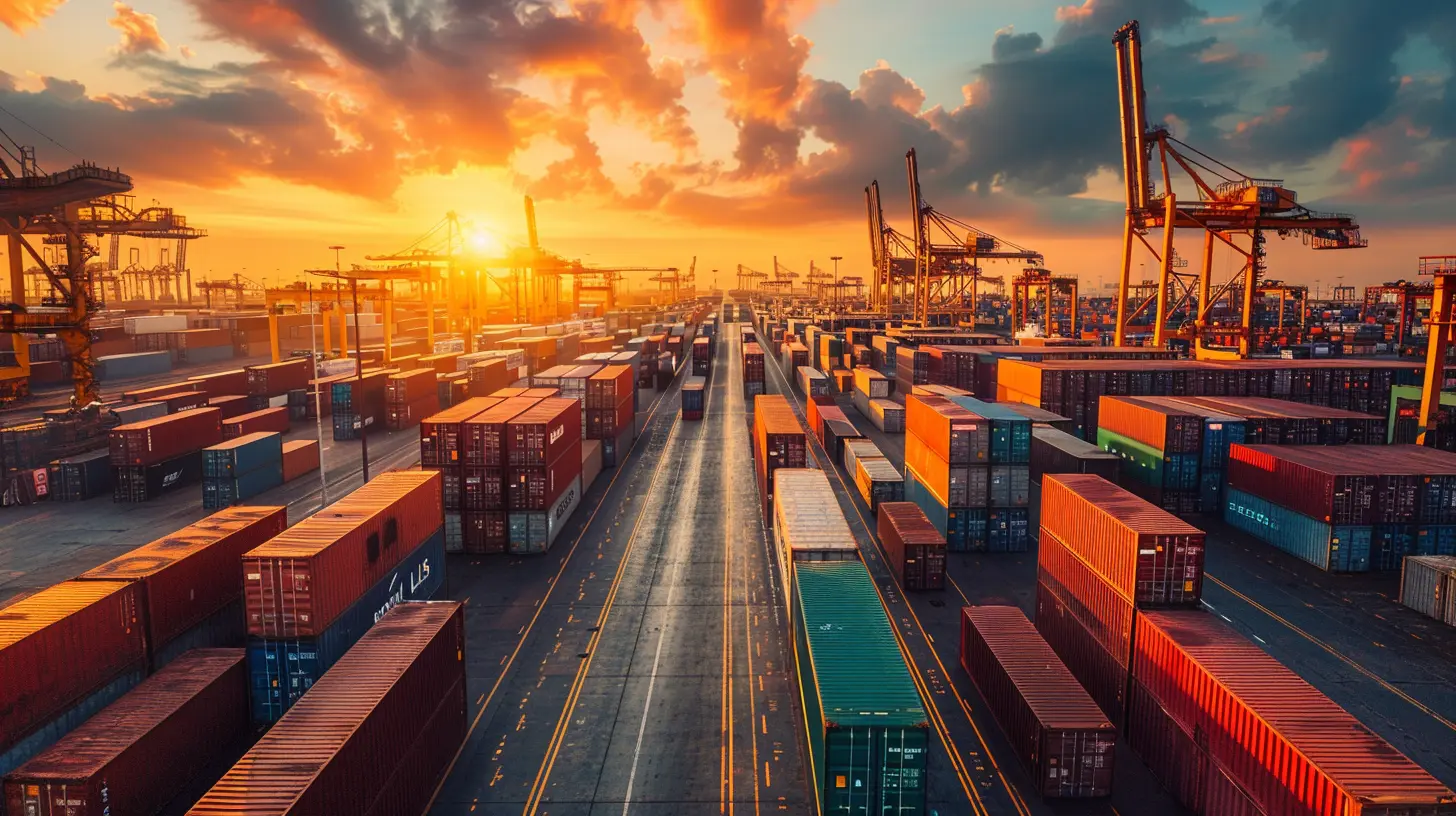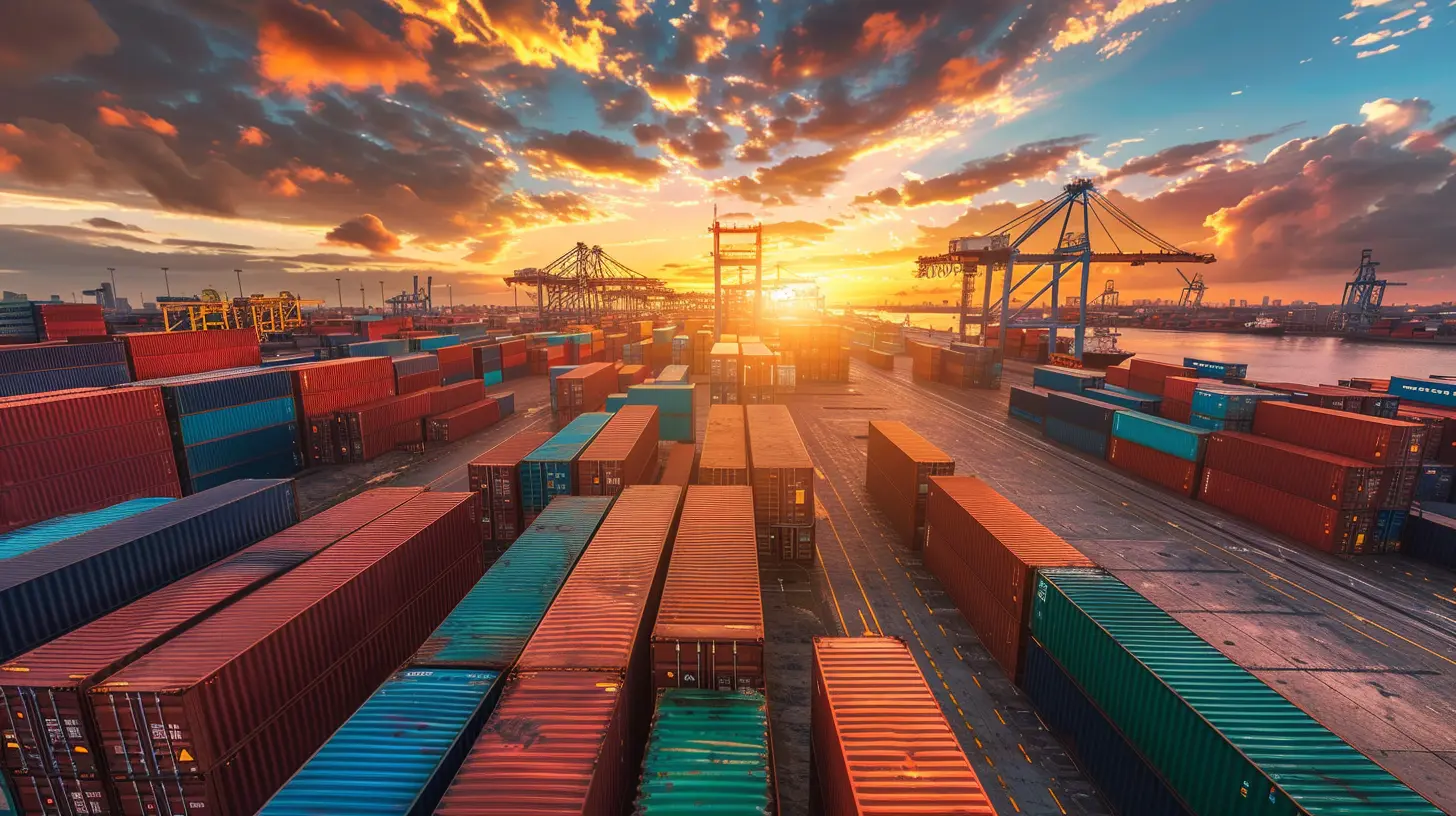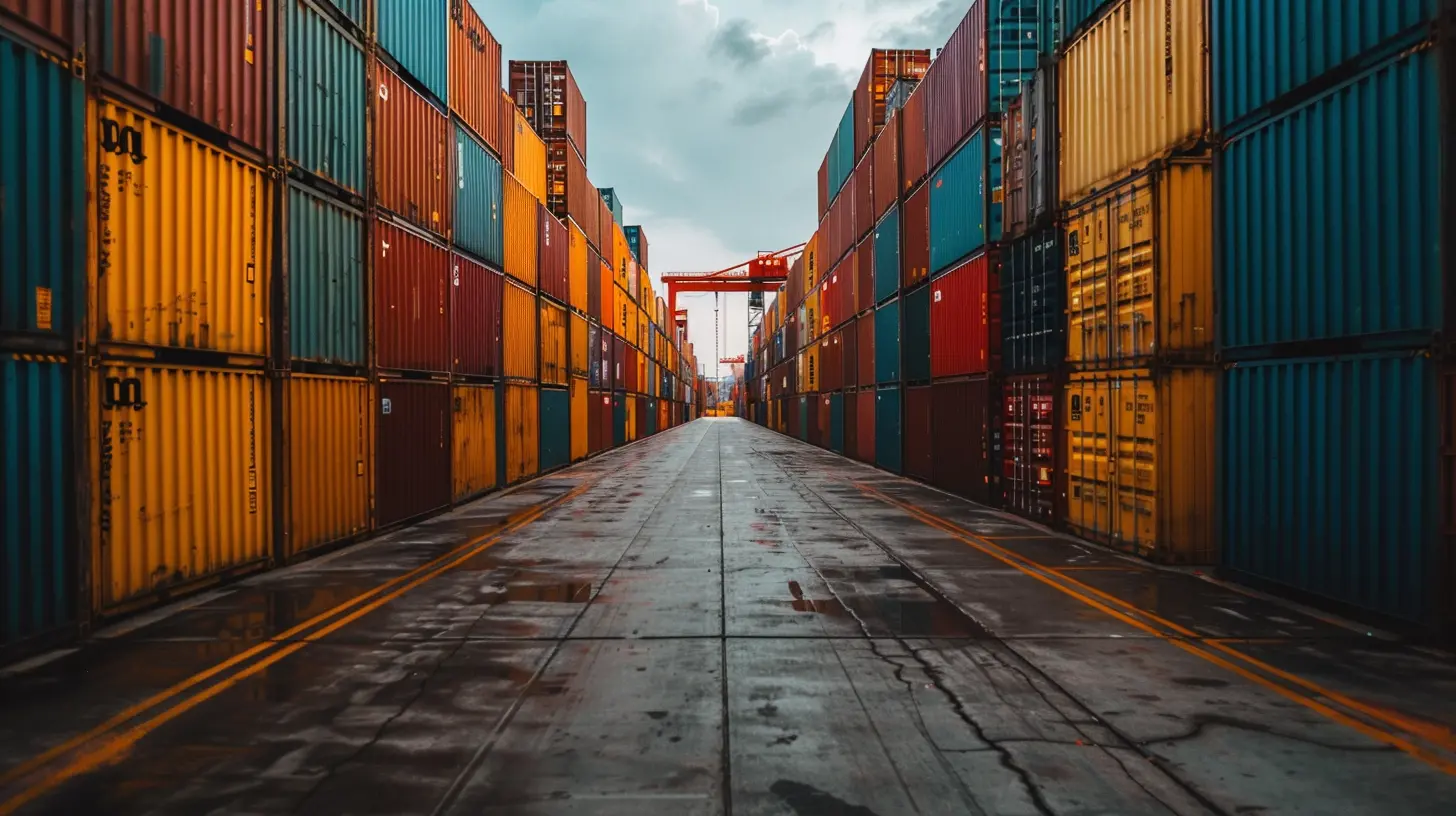Optimizing Your Supply Chain for Enhanced Efficiency
5 November 2025
Let’s be honest—talking about supply chains isn’t exactly the kind of topic that gets people jumping out of bed in the morning. It’s not as sexy as marketing or as shiny as tech gadgets. But guess what? Your supply chain is like the silent MVP of your business. If your supply chain is a hot mess, it doesn’t matter how cool your product is or how slick your marketing game looks. You're going to be tripping over yourself trying to fulfill orders and keep customers happy.
So today, we’re diving deep into the world of supply chains—not in a boring way, but with a bit of humor, a lot of practicality, and a side of sass. Buckle up, folks, because optimizing your supply chain is about to get a whole lot more interesting.
What Even Is a Supply Chain, Anyway?
Let’s start with the basics. A supply chain is essentially the journey your product takes from being a twinkle in your eye to ending up in your customer's hands. That includes sourcing raw materials, manufacturing, warehousing, distribution, and sometimes even returns.Think of it like making a sandwich. You don't just slap it together out of thin air. You need to buy ingredients (procurement), make the sandwich (manufacturing), store it in the fridge (inventory), and eventually serve it (distribution). Now imagine trying to make 10,000 sandwiches a day and needing to please hungry customers who will lose their minds if the lettuce is soggy. That's supply chain complexity in a nutshell.
Why Bother Optimizing Your Supply Chain?
If your supply chain runs like a well-oiled machine, you’ll save time, money, and sanity. Here’s what optimization can do for you:- Reduce operating costs (yes, please!)
- Improve delivery times (no more angry emails)
- Minimize waste (both product and effort)
- Enhance customer satisfaction (they’ll love you forever… or at least until their next purchase)
Still not convinced? Imagine running a restaurant where half the ingredients arrive late and the chefs don't know when their tools are coming in. Disaster, right? That’s your business without supply chain optimization.
Signs Your Supply Chain Needs a Little TLC
So how do you know if your supply chain is the business equivalent of a car with three wheels and a wobbly steering wheel? Here are a few telltale signs:- Always out of stock or overstocked
- Constant shipping delays
- Disconnected systems that don’t “talk” to each other
- Skyrocketing logistics costs
- Nobody actually knows where the inventory is
If any of these symptoms hit close to home, it’s time for an intervention.
Key Areas for Supply Chain Optimization
Let’s roll up our sleeves and dig into where you can make changes. Because let’s face it—there’s no “one size fits all” magic wand. But there are some universal truths that apply whether you’re shipping potato chips or high-end electronics.1. Demand Forecasting: Don’t Play the Guessing Game
You wouldn't plan a road trip with your gas gauge on empty and no idea where the next station is, right? The same logic applies to your supply chain. Demand forecasting helps you predict how much of a product you’ll need and when.🧠 Pro Tip: Use historical data and trends to plan better. Excel spreadsheets are fine, but using AI and machine learning tools? That’s next-level cool.
2. Inventory Management: Find the Sweet Spot
Too much inventory = wasted money and storage space. Too little inventory = angry customers and missed sales. You want the Goldilocks amount of inventory—not too much, not too little, but just right.Use systems that automatically reorder when stock dips below a certain level. It’s like your supply chain growing a brain. A smart one.
3. Supplier Relationships: Not Just a “You Up?” Text
Suppliers are your business partners, not just people you hit up when you need something. Build strong, transparent relationships with them. It’ll pay off in better prices, faster service, and more flexibility.👀 Bonus Tip: Always have backup suppliers. Because sometimes, life throws you curveballs. Or pandemics.
4. Embrace Technology (Like, Yesterday)
Still using sticky notes and whiteboards to track shipments? It’s 2024. There’s an app for literally everything. Invest in supply chain management software that gives you real-time visibility and makes your life easier.Some cool tools to check out:
- ERP systems (like SAP, Oracle)
- Inventory management platforms (NetSuite, Zoho)
- Freight management software (Freightos, Flexport)
The future called, and it wants you to stop faxing your purchase orders.
5. Data Is Your Best Friend (Really)
You don’t need to be a data scientist, but tracking key metrics is a must. Watch out for:- Order accuracy rate
- Fill rate
- Shipping costs per unit
- Delivery time
- Inventory turnover
The more you measure, the more you can tweak and improve. It’s like having a fitbit for your business.
The Human Side of the Supply Chain
We’ve talked a lot about systems and tech, but let’s not forget about the people behind the scenes. Your logistics team, warehouse crew, suppliers—they’re the lifeblood of your operation.Creating a culture of communication and accountability goes a long way. Celebrate the wins. Address the screw-ups without finger-pointing. When people know what’s expected (and feel respected), they show up.
Also, don't forget training. A well-trained team can handle hiccups without turning them into full-blown meltdowns.
Going Green Without Going Broke
These days, being environmentally friendly isn’t just about saving the planet—it’s also a smart business move. Customers care, investors care, and let’s face it—your PR team will thank you.Here’s how to green-ify your supply chain (without going totally broke):
- Optimize routes to reduce fuel use
- Use recyclable or biodegradable packaging
- Work with eco-conscious suppliers
- Cut down on returns with better quality control
Sustainability is no longer optional. It’s the new black.
Real Talk: Supply Chain Challenges You WILL Face
Let’s rip off the Band-Aid—things go wrong. Storms delay shipments. Vendors drop the ball. Your inventory system suddenly thinks you have 10,000 units but you actually have… four. These are not “if” situations. They’re “when.”What separates rockstar businesses from the ones that crumble is how they respond. Have contingency plans. Keep your team on their toes. Set realistic expectations with customers. And when something hits the fan? Own it, fix it, and move forward.
Case Study Time: Meet "Oh Crumbs! Cookies"
Let’s take a completely fictional (but painfully relatable) small business—Oh Crumbs! Cookies. They started baking from home and quickly grew into a bustling cookie empire.But behind the sugary smiles was chaos:
- Flour deliveries were late
- Too many chocolate chips, not enough packaging
- Orders shipping out days late
- Warehouse inventory? Basically a black hole
They brought in supply chain software, started forecasting demand based on trends (cookie trends are real, y’all), and even found a backup flour supplier. Suddenly, things started clicking.
Moral of the story? You can’t grow if your supply chain is stuck in adolescence. Optimize it, and you’ll go from “Oh no!” to “Ohhh yes!”
Final Thoughts: Don’t Be Afraid of the Chain
Optimizing your supply chain isn't just a task on your to-do list—it’s a mindset. It’s about constantly looking for better, smarter, more efficient ways to get your product from A to B without losing your shirt—or your sanity.Whether you’re running a scrappy startup or a well-oiled enterprise, tightening up your supply chain will pay off in more ways than one. You'll save money, deliver faster, and sleep easier at night (without dreaming of cardboard boxes chasing you).
So take a good, hard look at your current process. Where’s the friction? What’s outdated? Who’s dropping the ball? Then, start making small changes. One tweak at a time.
Because when your supply chain runs smoother, everything else just works better.
all images in this post were generated using AI tools
Category:
Supply Chain ManagementAuthor:

Remington McClain
Discussion
rate this article
1 comments
Tilly Reynolds
Thank you for sharing these insightful strategies! Optimizing a supply chain can be challenging, but your tips provide valuable guidance for businesses looking to enhance efficiency. It's a journey worth taking for long-term success.
November 8, 2025 at 3:31 AM

Remington McClain
Thank you for your kind words! I'm glad you found the strategies helpful. Optimizing the supply chain is indeed a vital journey for achieving long-term success.


